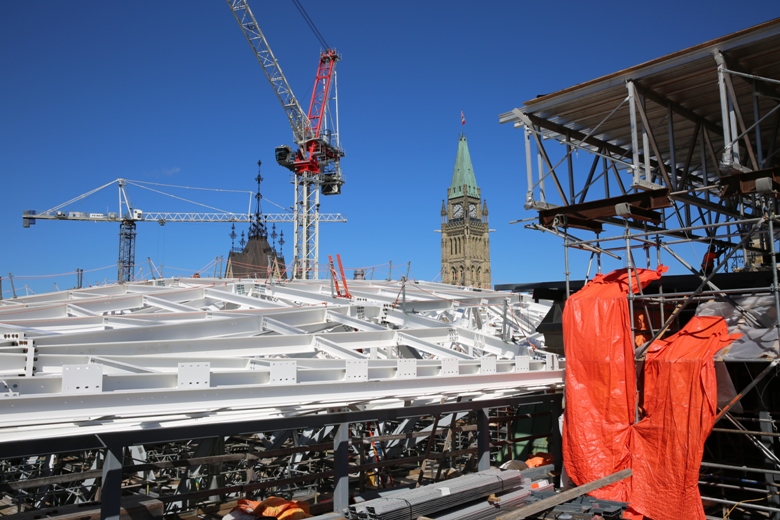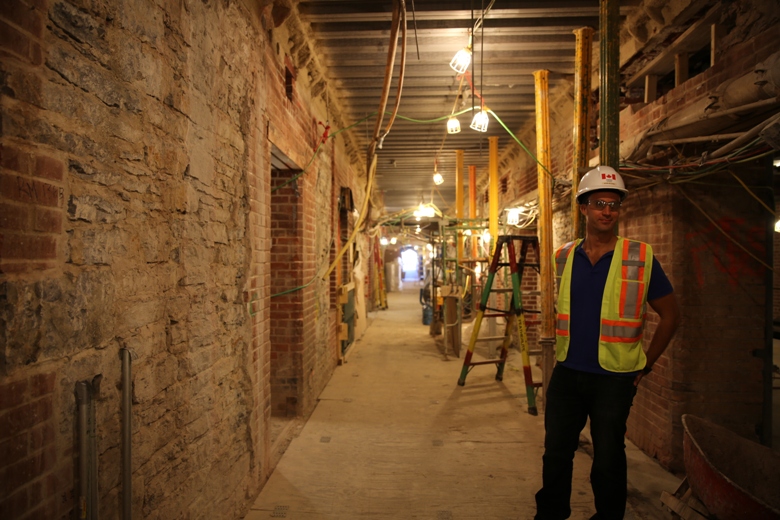Starting in 2018, the Canadian House of Commons will have a new home.

That’s right — everything from the House itself to the associated committee rooms, offices and even the prime ministerial bathroom will be moving a few hundred metres to the west.
West Block will become the new centre of power for the country, while Ottawa’s old train station will house the Senate.
The iconic Centre Block, meanwhile, will shut down for a makeover that is expected to take a decade to complete.
For now, however, it’s West Block that’s getting the face-lift in preparation for the big move. On Thursday, the media was allowed to access the construction site for a full tour from the roof to the sub-sub-basement. Here’s some of what we saw and learned.
Be sure to check out Tom Clark’s video tour above!
















Comments